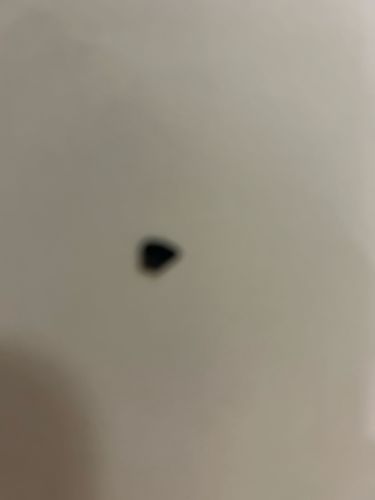Fungus Gnat (likely)
Scientific Name: Various species, commonly Bradysia spp. or Orfelia spp.
Order & Family: Order: Diptera, Family: Sciaridae or Mycetophilidae
Size: Typically 2-8 mm (0.08-0.31 inches) in length.

Natural Habitat
Often found indoors, especially around potted plants, greenhouses, and other moist environments where fungi and decaying organic matter are present.
Diet & Feeding
Adult fungus gnats typically do not feed or feed on liquids, while the larvae primarily feed on fungi, decaying organic matter, and plant roots.
Behavior Patterns
Fungus gnats are attracted to light and moisture. Adult fungus gnats are weak flyers and are often seen resting on surfaces near potted plants. Larvae live in the soil and feed on fungi and organic matter. Their life cycle from egg to adult is typically 3-4 weeks. They are most active in situations with consistently moist soil.
Risks & Benefits
Risks: Larvae can damage plant roots, especially in young seedlings or unhealthy plants, leading to wilting and stunted growth. They can be a nuisance indoors. Benefits: In natural ecosystems, they contribute to the decomposition of organic matter.
Identified on: 8/24/2025